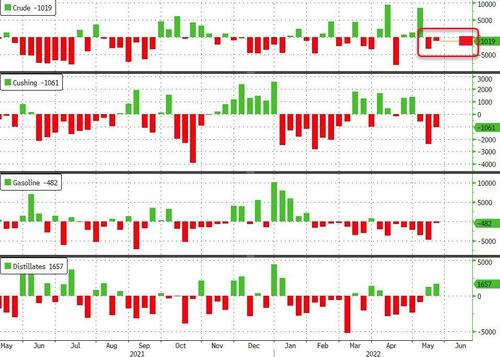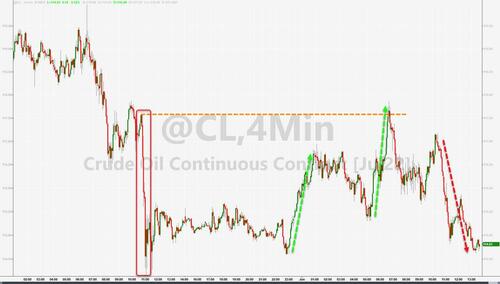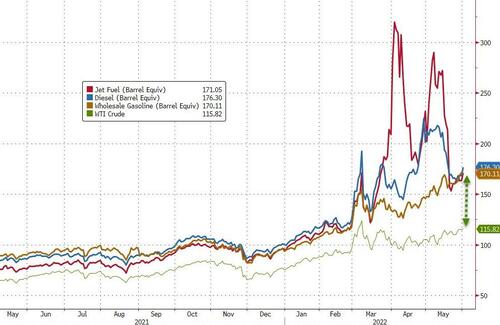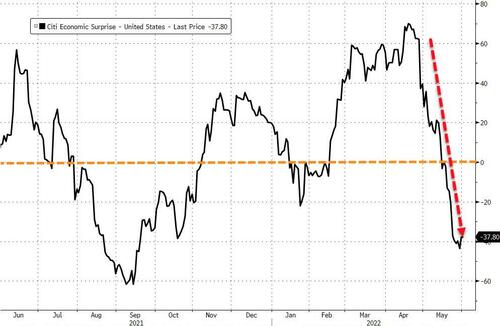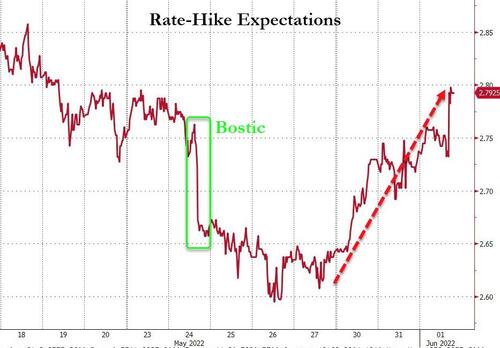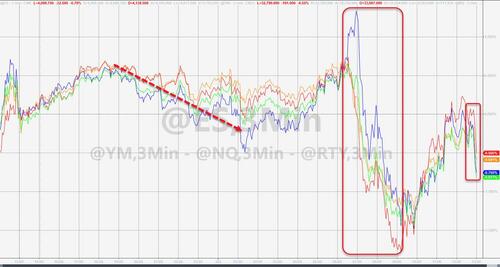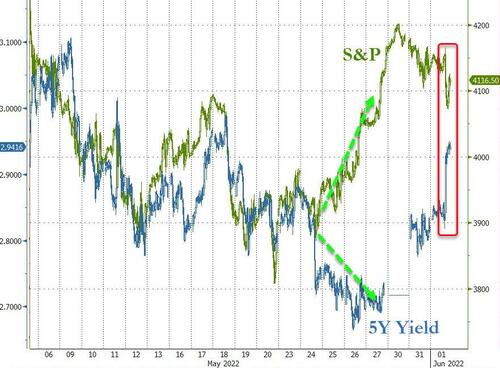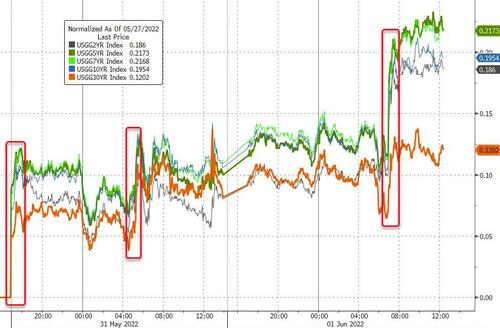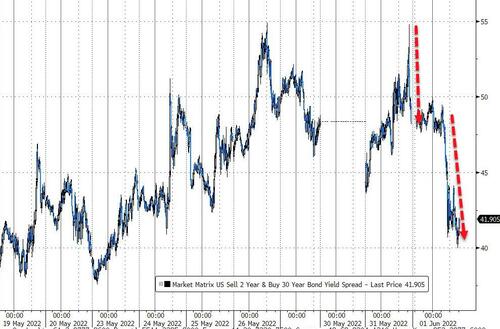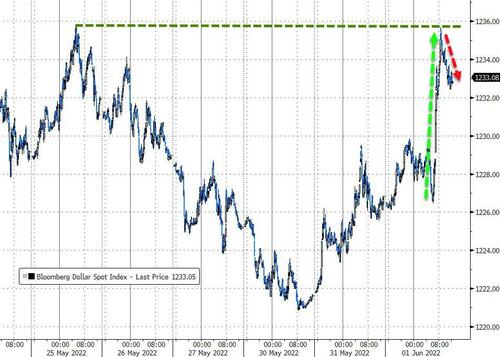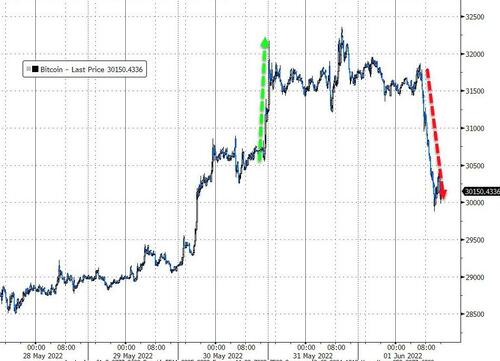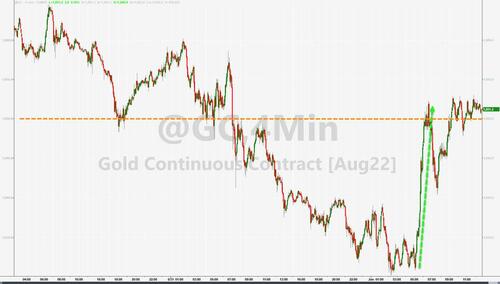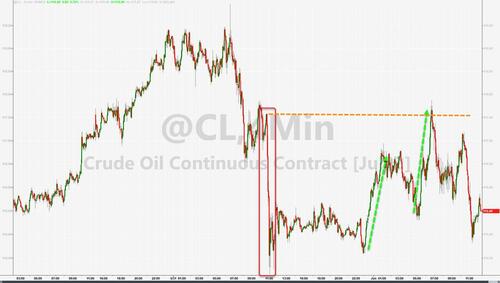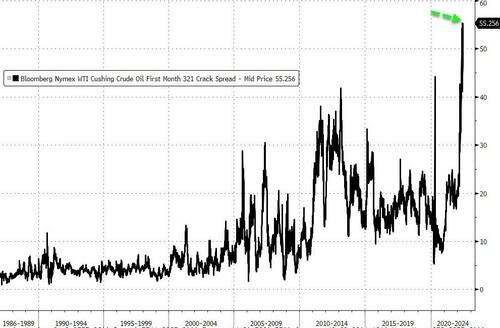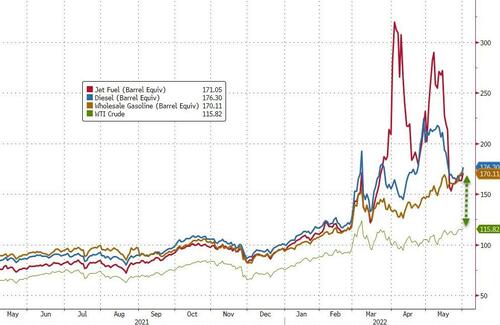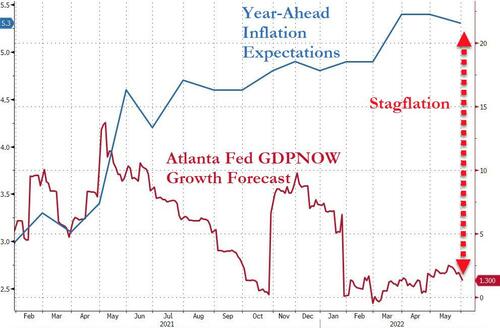The House of Representatives plans to vote on a bill that would authorize federal courts to issue “red flag” orders prohibiting people from possessing firearms when they are deemed a threat to themselves or others. Meanwhile, legislation encouraging states to pass and enforce their own red flag laws has emerged as a possible point of compromise between Senate Democrats who favor new gun restrictions and Senate Republicans who are skeptical of that approach.
It is not hard to understand the bipartisan appeal of this policy, which promises to target dangerous individuals rather than impose broad limits that affect millions of law-abiding Americans. But there are two basic problems with red flag laws that cannot be wished away by consensus-building rhetoric: Predicting violence is much harder than advocates of this approach are usually willing to admit, and trying to overcome that challenge by erring on the side of issuing red flag orders inevitably means that many innocent people will lose their Second Amendment rights, typically for a year and sometimes longer, even though they never would have used a gun to harm anyone. In short, minimizing false negatives means maximizing false positives.
The false negative problem is illustrated by the May 14 attack that killed 10 people at a Buffalo supermarket. The shooter was reported to the state police last June, when he was a high school senior, because he mentioned murder in a written response to a question about his post-graduation plans. But he passed that off as a sick joke, and a psychiatric evaluation concluded that he did not meet the criteria for involuntary treatment. Police still could have sought a court order barring him from buying guns, but they evidently were satisfied by his explanation, partly because he had not identified a target or described specific plans.
It may yet turn out that a more thorough investigation would have turned up additional evidence suggesting this teenager was a threat, although fellow students who had known him for years seemed to view him as odd and reclusive rather than dangerous. In retrospect, it may seem obvious that police should have invoked New York’s red flag law in this case, but that does not necessarily mean their decision was reckless given the information they had at the time.
In response to the Buffalo massacre, New York Gov. Kathy Hochul urged legislators to pass a bill that would require police and prosecutors to seek a red flag order when they have “credible information that an individual is likely to engage in conduct that would result in serious harm to himself, herself or others.” Under current law, police officers and prosecutors are authorized, but not required, to seek a temporary, ex parte order lasting up to six business days based on “probable cause.” The standard for a final order—which requires a hearing, lasts up to a year, and can be renewed—is “clear and convincing evidence.”
The bill that Hochul supports, which also adds “health care providers” to New York’s long list of authorized petitioners, does not change the standards for issuing court orders. But it says a police officer or district attorney is required to file an application unless he “determines that there is no probable cause for such filing.” That would not affect the evidence needed to seek a temporary order, although it apparently would require an application for a final order even when the petitioner does not think he has enough evidence to justify one. In any event, assuming that the state police decided they did not have probable cause to support an order against the teenager who would later attack the Buffalo grocery store, this new requirement would not have changed the outcome.
In other cases, such as the 2018 massacre at a high school in Parkland, Florida, it seems clear that police either knew or should have known enough to indicate that a future mass shooter posed a serious danger. That attack prompted Florida legislators to pass a red flag law aimed at encouraging preventive action in such situations.
By contrast, it is not clear that a red flag law would have stymied the 18-year-old who murdered 19 children and two adults at an elementary school in Uvalde, Texas, last week. The Associated Press reports that he “had no criminal record, no history of mental illness treatment and no obvious signs he was a danger.”
Still, he “had frequently skipped class and was not set to graduate,” and “those who knew him saw increasing signs of isolation, outbursts and aggression.” A fellow student described him as “angry” and “super odd.” The A.P. story also mentions “a series of cryptic social media messages—including to apparently random teenage girls in Germany and California—that offered photos of rifles, ammo and hints of his desire to hurt and kill,” although the most alarming of those messages came the day of the shooting.
Other details reinforce the impression that the Uvalde shooter had long been deeply troubled. He was living with his grandmother, with whom he often argued, because of his mother’s drug problem. “One childhood friend recalled a time [when the shooter] admitted to cutting his own face with knives for fun,” the A.P. notes. The same friend reported that the future killer “would drive around at night egging cars and shooting random people with a BB gun.”
In hindsight, all of this—except for the messages right before the attack—looks more ominous than it may have seemed at the time. Here is how the headline over the A.P. story sums up the situation: “Texas shooter sent warning signs, messages, mostly too late.”
New York Times columnist Ross Douthat says he is “open to” red flag laws, although he worries that they “demand too much of bystanders and family members, while offering too little in cases where the potential shooter has cut himself off from normal contact.” He describes the policy goal this way: “I want the next teenager with an obvious set of warning flags—severe familial disorder, self-harm, violent online threats—to find it much harder to turn 18 and immediately acquire a high-powered weapon.”
But aside from the “violent online threats,” which according to the A.P. appeared “too late,” these “warning flags” were not necessarily “obvious” signs of homicidal intent. Self-harming, angry oddballs with tumultuous family backgrounds may be more inclined to violence than the average person, but almost none of them commit crimes like this.
Later in his column, Douthat seems to cast the net even wider. “The people drawn to this kind of terrorism are overwhelmingly of a type—young, troubled, socially awkward men,” he observes. Needless to say, stripping all such individuals of their Second Amendment rights would be wildly over-inclusive.
“The rare nature of mass shootings creates challenges for accurately identifying salient predictors of risk,” RAND Corporation researchers Rosanna Smart and Terry Schell note in a 2021 essay. “The low base rates of these events also ensure that policies targeting individuals based on risk factors would result in an extremely high rate of false positives; even the best available risk factors can identify only a subpopulation in which the risk of committing a mass shooting is on the order of one in a million.”
A 2012 study that the Department of Defense commissioned after the 2009 mass shooting at Fort Hood in Texas makes the same point in an appendix titled “Prediction: Why It Won’t Work.” While “there may be pre-existing behavior markers that are specifiable,” it says, those markers “are of low specificity and thus carry the baggage of an unavoidable false alarm rate, which limits feasibility of prediction-intervention strategies.” In other words, even if certain “red flags” are common among mass shooters, almost none of the people who display those signs are bent on murderous violence.
This problem is not limited to the police officers and prosecutors who are charged with deciding whether to seek a red flag order. Psychiatrists, who are supposed to be experts in such things, are notoriously bad at predicting violence.
“Over thirty years of commentary, judicial opinion, and scientific review argue that predictions of danger lack scientific rigor,” University of Georgia law professor Alexander Scherr noted in a 2003 Hastings Law Journal article. “Scientific studies indicate that some predictions do little better than chance or lay speculation, and even the best predictions leave substantial room for error about individual cases. The sharpest critique finds that mental health professionals perform no better than chance at predicting violence, and perhaps perform even worse.”
Psychiatrist Richard Friedman concurred with that judgment in a 2019 New York Times essay. “The notion that we can identify mass killers before they act is, as yet, an epidemiologic fiction,” Friedman wrote. “These individuals typically avoid contact with the mental health care system. Even if they didn’t, experienced psychiatrists fare no better than a roll of the dice at predicting violence.”
That reality means that even red flag laws with adequate due process protections are bound to affect many more harmless people than would-be killers. And while the procedures for obtaining orders vary across the 19 states that have enacted such laws, all of them are rigged against respondents. Data from Florida, for example, indicate that judges routinely rubber-stamp applications for temporary orders and are only slightly less likely to issue final orders, which they do about 95 percent of the time.
Conservative commentator David French, who perceives an urgent need for states to “pass and enforce red flag laws,” says “a well-drafted red flag law should contain abundant procedural safeguards, including imposing a burden of proof on the petitioner, hearing requirements, and a default expiration date unless the order is renewed through a clear showing of continued need.” French may have additional safeguards in mind. But based on the ones he mentions, nearly every existing red flag law would pass muster. Other details are important in striking a balance between false negatives and false positives.
The bill that would authorize federal red flag orders, which Rep. Lucy McBath (D–Ga.) introduced in April 2021, is pretty good in some respects. Like New York’s law, it requires probable cause for a temporary order. But unlike New York’s law, it requires evidence suggesting an “imminent” risk, which you might think would be a basic requirement for an order issued without a hearing based on a supposed emergency. For a final order, McBath’s bill (like New York’s law) requires clear and convincing evidence, a stricter standard than the “preponderance of the evidence” that suffices in five states and the District of Columbia. The bill limits the initial length of a final order to six months, compared to the year typically allowed by state laws, although the order can be extended after another hearing.
The bill also says that “if the respondent is financially unable to obtain representation by counsel, the court, at the request of the respondent, shall ensure to the extent practicable that the respondent is represented by an attorney for the Legal Services Corporation with respect to the petition.” Depending on the definition of “financially unable” and “practicable,” that could be a significant safeguard. Under most red flag laws, respondents have to pay for their own legal representation, which is both expensive and crucial in navigating a complicated and daunting process.
On the downside, McBath’s bill, like New York’s law, allows a long list of people to file petitions, which increases the risk of abuse, and it does not include a civil remedy for petitioners who lie. When it comes to approving a final order, the proposition to be proven by clear and convincing evidence is that the respondent “poses a risk of personal injury” to himself or others “during the period to be covered” by the order. As is generally true of red flag laws, the bill does not specify what level of “risk” is sufficient, which means that a respondent who is highly unlikely to harm himself or anyone else could still lose his Second Amendment rights for six months or more.
On the whole, however, McBath’s bill does a better job of protecting respondents from unfounded or malicious allegations than a 2019 House bill offering grants to encourage the passage and enforcement of red flag laws. Under that bill’s minimum standards, an imminent risk would not be necessary for ex parte orders, which could last up to a month; final orders could be issued based on a preponderance of the evidence indicating an unspecified degree of “danger”; and those orders could last indefinitely.
House Judiciary Committee Chairman Jerrold Nadler (D–N.Y.), who introduced the 2019 bill, seemed to have crafted it so that all the jurisdictions that already had red flag laws could qualify for grants. The bill thus would have lowered the bar to the level of the jurisdictions with the weakest due process protections.
If the negotiations between Democrats and Republicans in the Senate actually produce a red flag bill, it is likely to be broadly similar to Nadler’s bill, offering financial incentives to states that pass such laws. But to attract support from the 10 Republicans who would be needed to overcome a filibuster, you might think, that bill would have to include stronger due process protections.
Maybe not. Sen. Lindsey Graham (R–S.C.), who is leading the bipartisan negotiations over a red flag bill, does not seem very interested in protecting the rights of gun owners who might be mistakenly identified as dangerous.
A few years ago, Graham likened red flag orders to “judicial proceedings every day in America where somebody is adjudged to be a danger to themselves and others and they’re put into a mental health facility.” He either did not understand or was unwilling to acknowledge that the standards for involuntary psychiatric treatment are substantially stricter than the standards for taking away people’s gun rights under red flag laws.
Graham also averred that “nobody’s going to lose their gun unless they have their day in court.” That is clearly not true, since temporary orders bar people from possessing guns without giving them a chance to rebut the allegations against them. The maximum length of ex parte orders ranges from two days to three weeks. Fourteen days is the most common limit. A “well-drafted red flag law” of the sort that David French favors presumably would not allow such delays in giving respondents “their day in court.”
Although supporters of red flag laws tend to glide over these details, they can make a decisive difference for respondents wrongly portrayed as threats. Graham dismissed critics of red flag laws as “libertarians,” saying “the Second Amendment is not a suicide pact.” That is the sort of thing politicians say when they find constitutional rights inconvenient.
The post Bipartisan Support for Red Flag Laws Elides the Practical and Constitutional Issues They Raise appeared first on Reason.com.
from Latest https://ift.tt/sWyYp32
via IFTTT



